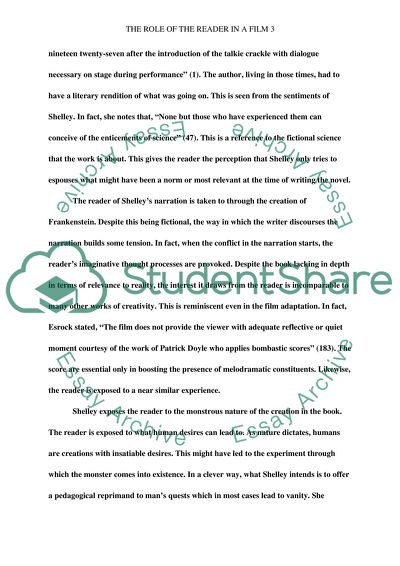Cite this document
(“An essay that explicitly refers to the question with detailed”, n.d.)
An essay that explicitly refers to the question with detailed. Retrieved from https://studentshare.org/literature/1651631-an-essay-that-explicitly-refers-to-the-question-with-detailed-reference-to-both-mary-shellys-frankenstein-and-the-film-adaptation-counterpart-brannagh
An essay that explicitly refers to the question with detailed. Retrieved from https://studentshare.org/literature/1651631-an-essay-that-explicitly-refers-to-the-question-with-detailed-reference-to-both-mary-shellys-frankenstein-and-the-film-adaptation-counterpart-brannagh
(An Essay That Explicitly Refers to the Question With Detailed)
An Essay That Explicitly Refers to the Question With Detailed. https://studentshare.org/literature/1651631-an-essay-that-explicitly-refers-to-the-question-with-detailed-reference-to-both-mary-shellys-frankenstein-and-the-film-adaptation-counterpart-brannagh.
An Essay That Explicitly Refers to the Question With Detailed. https://studentshare.org/literature/1651631-an-essay-that-explicitly-refers-to-the-question-with-detailed-reference-to-both-mary-shellys-frankenstein-and-the-film-adaptation-counterpart-brannagh.
“An Essay That Explicitly Refers to the Question With Detailed”, n.d. https://studentshare.org/literature/1651631-an-essay-that-explicitly-refers-to-the-question-with-detailed-reference-to-both-mary-shellys-frankenstein-and-the-film-adaptation-counterpart-brannagh.


